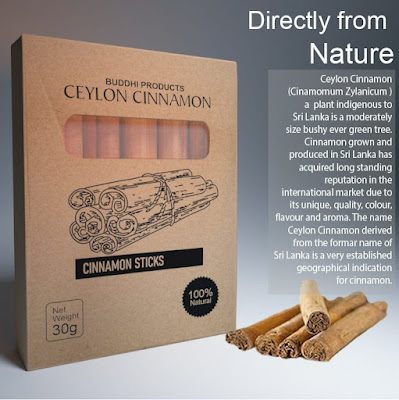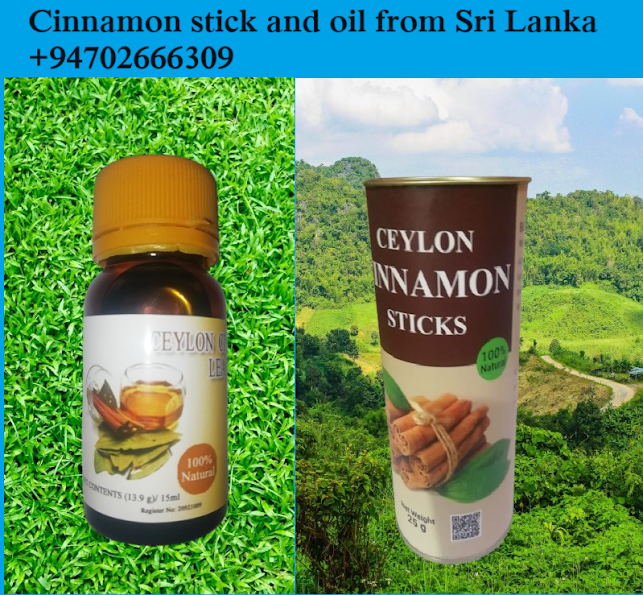.jpeg) Introduction
Introduction
Definition and Characteristics:
- Cinnamon is a highly aromatic spice derived from the inner bark of trees belonging to the Cinnamomum genus.
- It is known for its distinct sweet and woody flavor profile.
- Cinnamon sticks (also called quills) are rolled pieces of bark, while ground cinnamon is the powdered form.
2. Historical Significance:
- Cinnamon has a rich history dating back thousands of years.
- It was highly prized in ancient civilizations, such as Egypt, Rome, and China, and was often used as a valuable trade commodity.
- Cinnamon was mentioned in ancient texts, including the Bible, and was associated with wealth, luxury, and medicinal properties.
3. Varieties of Cinnamon:
- There are several species of cinnamon, with the most common being Ceylon cinnamon (Cinnamomum verum) and Cassia cinnamon (Cinnamomum cassia).
- Ceylon cinnamon, often considered the "true" or "real" cinnamon, has a delicate and subtly sweet flavor.
- Cassia cinnamon has a stronger and spicier taste and is more commonly available in the market.
- Culinary Uses:
- Cinnamon is a versatile spice used in both sweet and savory dishes.
- It is a popular ingredient in baking, adding warmth and depth to cakes, cookies, pastries, and bread.
- Cinnamon is also used in beverages like tea, coffee, mulled wine, and hot chocolate.
- • It complements various cuisines and is found in dishes ranging from curries and stews to desserts and breakfast items.
5. Health Benefits:
- Cinnamon has been associated with numerous health benefits, although scientific research is ongoing to validate these claims.
- It is believed to have antioxidant and anti-inflammatory properties.
- Cinnamon may help regulate blood sugar levels and improve insulin sensitivity.
- Some studies suggest that cinnamon might have antimicrobial and anti-fungal effects.
. Cinnamon in Traditional Medicine
Cinnamon has been used in traditional medicine systems, such as Ayurveda and traditional Chinese medicine, for its potential therapeutic properties.
It has been employed for digestive issues and respiratory conditions and as a warming and energizing herb.
7. Precautions and Usage:
While cinnamon is generally safe for consumption in culinary amounts, excessive intake or long-term use of certain cinnamon varieties (especially Cassia) may have potential health risks.
Cassia cinnamon contains a compound called coumarin, which in high doses may be harmful to the liver and interact with certain medications.
It is recommended to use Ceylon cinnamon or limit Cassia cinnamon intake if consuming it regularly.
This overview provides a general understanding of cinnamon as a spice, including its history, culinary uses, potential health benefits, and precautions. Further details and specific aspects of cinnamon can be explored in-depth depending on the context and depth of the information desired.


Comments
Post a Comment